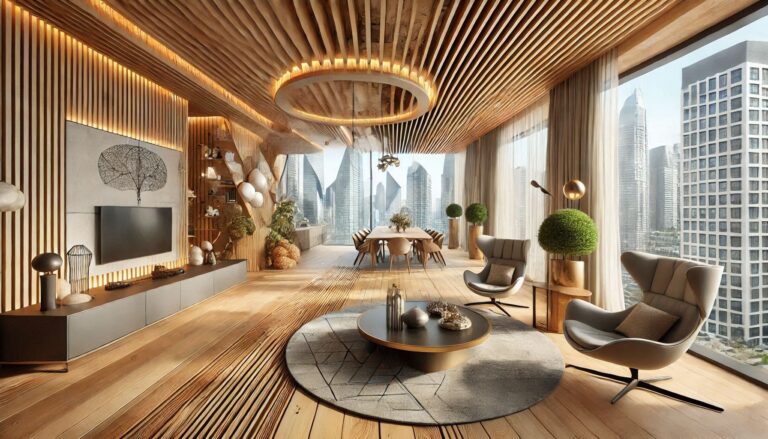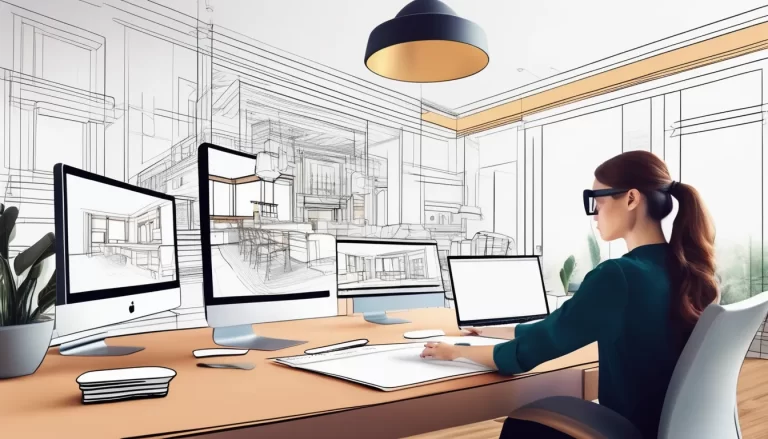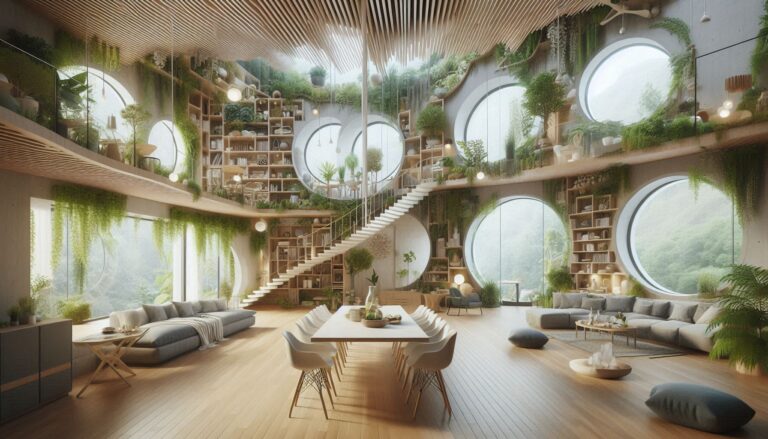Augmented Reality in Architecture: How AR is Enhancing Client Presentations

Augmented reality (AR) is transforming the way architects and interior designers present their ideas to clients. With AR, digital elements are overlaid on the physical world, creating immersive, interactive experiences that help clients visualize their projects before they are built. Here’s how AR is enhancing client presentations in architecture and design:
1. Visualizing Designs in Real Time
One of the biggest challenges in architecture and interior design is helping clients visualize a space before construction begins. Traditional methods, such as 2D floor plans and 3D renderings, often fail to capture the true feel of a space. AR, however, allows clients to view a digital model of a design superimposed on a physical space in real-time. With the help of smartphones, tablets, or AR glasses, clients can walk through a virtual version of their future home or office, getting a true sense of scale, layout, and design elements.
This immersive experience allows clients to make more informed decisions about the design, offering them a better understanding of how the space will look and feel once completed.
2. Real-Time Changes and Customizations
AR makes it easy for clients to visualize changes or customizations in real-time. For example, if a client wants to see how different materials or color schemes will look in a room, the designer can quickly make alterations in the AR model, allowing the client to see the results instantly. This eliminates the need for back-and-forth meetings or revisions, speeding up the design process and ensuring the client’s vision is accurately captured.
3. Enhanced Communication and Collaboration
AR also enhances communication between architects, designers, and clients. Instead of relying on static images or sketches, professionals can use AR to walk clients through the design, explaining features and details in a more interactive and engaging way. Additionally, AR allows for collaborative decision-making, as clients and designers can make adjustments together, ensuring that both parties are aligned throughout the process.
4. Helping Clients with Spatial Awareness
Understanding the scale and flow of a space is often difficult for clients, especially when they are looking at floor plans or 3D renderings. AR helps to bridge this gap by providing clients with an immersive experience that allows them to “walk through” the design. This real-time visualization helps them understand how the space will feel, from the layout of rooms to the proportions of furniture, windows, and doors. This can be particularly helpful when designing complex spaces like open-plan offices or multi-level homes.
5. AR as a Marketing Tool
Architects and interior designers are also using AR as a marketing tool to showcase their past work and design capabilities. By creating AR apps or interactive brochures, firms can offer potential clients the opportunity to explore virtual tours of their portfolio or view 3D models of past projects. This not only enhances the client’s experience but also provides a unique selling point for firms looking to differentiate themselves in a competitive market.
6. Cost and Time Efficiency
Using AR in client presentations can save both time and money. By enabling real-time modifications and instant feedback, designers can reduce the number of revisions required and minimize costly errors during the construction phase. Clients can explore different design options without waiting for additional renderings or mock-ups, streamlining the decision-making process and accelerating project timelines.
Conclusion
Augmented reality is revolutionizing the way architects and interior designers interact with clients. By providing immersive, interactive design experiences, AR enhances client understanding, collaboration, and satisfaction. As AR technology continues to evolve, its potential to transform client presentations and design processes will only grow, making it an essential tool for the future of architecture and interior design.






